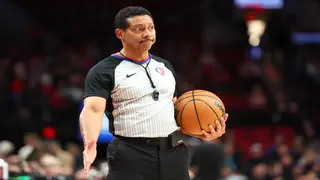REVEALED! The top 20 dirtiest NBA players of all time
NBA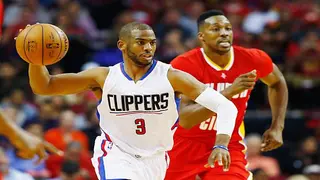
Are you keen to know all the basketball positions? Apart from attracting tall players, the sport is unique because it has five players a side who all have distinct roles on the court. Read on and discover these roles and how they all come together to form a functional and cohesive team.

Basketball was invented in 1891 by James Naismith, and the very first game had nine players per side. Over the years, the sport has evolved, and the positions are clearly defined for the highest output. Here are the different basketball positions explained.
The five players on a basketball court have specific roles in the team. These five are called the point guard, the shooting guard, the small forward and the power forward. Each position is clarified.
Each team has a centre, power forward, small forward, shooting guard, and point guard. The individuals can be substituted in the course of the two or two-and-a half-hour game. Here are the basketball positions explained:
REVEALED! The top 20 dirtiest NBA players of all time
NBA
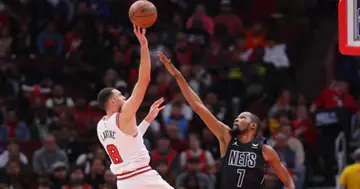
The point guard is sometimes referred to as the 'One' or the Floor General and is the primary ball handler. ''What is the role of a point guard?'' This position is significant to the team's speed and execution and is like an on-coach who organizes any play.
This player is almost always the shortest and works to defend the opposing team's point guard, with the continuous goal of getting the ball from him. They also focus on scoring.
Point guards must have a strong basketball IQ Intelligence Quotient) and the ability to make quick decisions on the court as they study their opponent's defence strategy. Additionally, they must have excellent shooting, dribbling, ball handling and passing abilities.
As you discover the basketball team positions explained, some qualities like unselfishness cut across all players. However, the point guard must be the most selfless, as he involves all the players on the offensive side to counter their competition strategically. Some of the notable NBA point guards are Magic Johnson and Stephen Curry.
NBA floor cleaner's salary: How much does an NBA floor cleaner make?
NBA
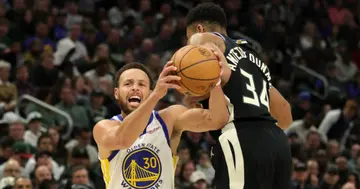
The various basketball positions explained give the fans a better understanding of the game as they follow the thrilling matches. The shooting guard is the second position on the court and is also referred to as the 'Offguard' or 'Two.'
As the name suggests, this player must be an excellent shooter or scorer, with the ability to shoot from outside, midrange, or close to the basket. The off-guard holds an offensive position on the wing and is the secondary ball handler after the point guard.
In some teams, shooting guards are the shortest team member and must be swift to execute offensive plays. They must also be good dribblers. The late Kobe Bryant and Michael Jordan are some popular NBA shooting guards.
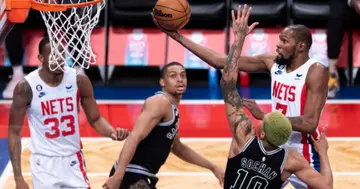
Contrary to the name of the position, small forwards are usually the tallest team members and the most versatile.
What does a small forward do? The position plays an offensive and defensive role and must have three-point shooting and defence skills. Small forwards must be aggressive and able to play in any position; hence they are sometimes known as a team's ''Swiss Army Knife''.
Ranking the top 10 players with the most blocks in an NBA game
NBA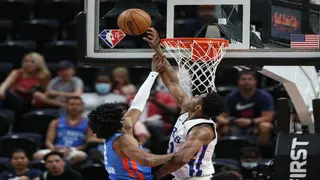
They must also be swift and strong to rebound the opponent's ball. In most teams, small forwards have the height and are likely the third-tallest player. Some well-known small forwards include LeBron James and Kevin Durant.
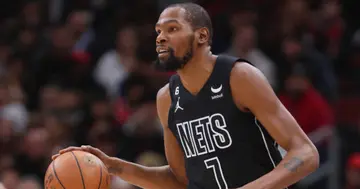
The number four position, the power forwards, are positioned near the basket and closest to the centre. They must be able to score from the three court levels. Several of these players are a mix of small forwards and centres.
However, power forwards take longer shorts than centres. Those with the unique ability to consistently score a three-point are known as ''stretch four.''
These players also rebound and serve as a defence against taller players, mainly because they are the second-tallest player in the team. Some of the qualities power forwards should have include strength, speed and height. Kevin Garnett and Dirk Nowitzki are some renowned NBA power forwards.
Ranking! Who are the 10 best basketball general managers in the NBA right now?
NBA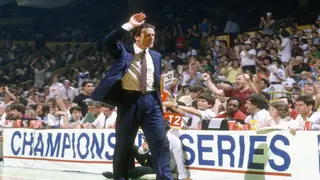
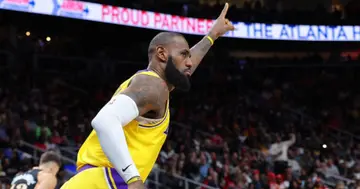
At the centre of it all stands the tallest and strongest team player. 'Five' stays closest to the basket, providing defence and wading off offensive rebounds. Therefore, centres must have strong hands to receive short passes.
In addition, players in this position must have a high basketball IQ to strategize their moves around the rim as they get the best angle for teammates passing the ball. Some renowned centres include Shaquille O'Neal and Kareem Abdul-Jabbar.
Centres often make short-angle scores, but recent players have perfected three-point shooting, adding to their brilliant skill set.
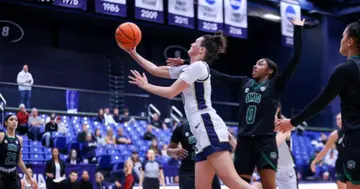
The five basketball positions and roles apply to women's basketball too. Like their male counterparts, female players must also hone their skills and learn at least two positions.
Female point guards must have good passing and dribbling skills, with the ability to make a swift judgement and an eye for detail. Shooting guards must be tall and possess impeccable shooting and ball-handling skills.
Single NBA players in 2023: A list of NBA players that are currently single
NBA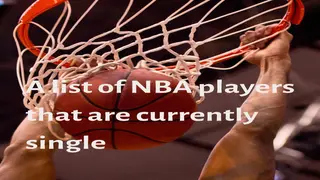
Small forwards must be versatile, athletic and able to move around defenders to score. On the other hand, power forwards must have the strength and ability to defend and shoot the ball. Finally, the centre spends her time below the net in an offensive and defensive role.
Have you been struggling to grasp the role of each player? These starting basketball positions explained for dummies are easy to understand and give you a better experience as you watch your favourite players battle it out on the court.
READ ALSO: What are the most common injuries in basketball?
Sportsbrief.com published an article highlighting common injuries you are likely to encounter on a basketball court. The fast-paced sport can cause minor injuries and fractures, some of which affect their careers significantly. Which are some of them?
Ankle sprains, thigh bruises, and concussions are some of the injuries that frequently affect players. Check out the article above to see the comprehensive list of common injuries.
How long is a basketball match? Duration, match facts, and all the details
NBA